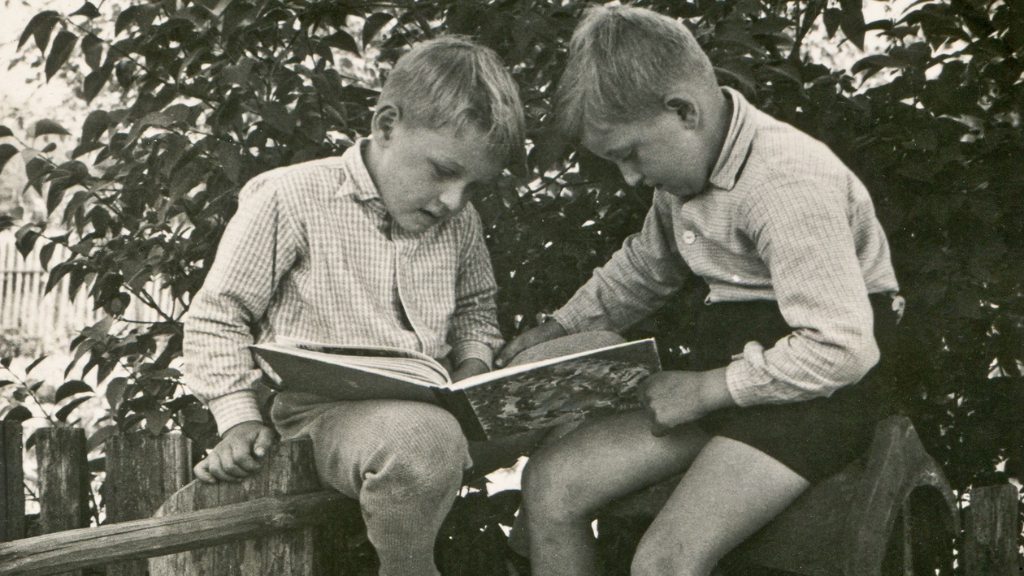Organizing Your Home for Happy, Calm Family Spaces: Tips for a Serene Sanctuary
Creating a happy and calm family space starts with organization. I’ve found that a well-organized home not only reduces stress but also fosters a sense of togetherness. When everything has its place, it’s easier to enjoy quality time with loved ones and focus on what truly matters.
In this article, I’ll share practical tips and strategies to help you transform your home into a serene sanctuary. From decluttering to smart storage solutions, these ideas will empower you to create inviting spaces where your family can thrive. Let’s dive into the joy of organization and discover how it can elevate our everyday lives.
Understanding the Importance of Organized Spaces
Organized spaces foster a sense of calm and promote harmony within a household. A clutter-free home supports mental clarity and enhances overall family well-being.
Benefits of a Calm Environment
Reduced Stress: A neat environment lowers anxiety levels, creating a peaceful atmosphere for family members.
Enhanced Focus: Organizing spaces allows easier concentration on tasks, promoting productivity in both adults and children.
Increased Safety: Decluttering reduces hazards, making it safer for family members to navigate the home.
Boosted Creativity: A tidy space encourages creativity by providing a clean canvas for projects and activities.
Impact on Family Dynamics
Strengthened Relationships: Organized environments lead to less frustration, enhancing communication and bonding among family members.
Improved Collaboration: Clarity in shared spaces aids in teamwork, whether for chores or family activities.
Consistent Routines: An orderly home supports structured routines, contributing to stability for children and adults alike.
Shared Responsibility: A systematic organization promotes shared ownership, encouraging family members to contribute to maintaining harmony in the space.
Steps to Organize Your Home
Organizing your home starts with practical steps that create an environment conducive to family happiness and calm. These strategies promote organization and enhance family dynamics.
Decluttering: The First Step
Decluttering serves as the foundation for an organized home. I focus on areas that accumulate unnecessary items, such as countertops, closets, and garages. I sort items into three categories: keep, donate, and discard. For instance, clothing that hasn't been worn in six months often belongs in the donate or discard piles. I schedule regular decluttering sessions, ideally once a month, to maintain a tidy environment. Each family member can contribute to decluttering by selecting items they no longer use, promoting shared responsibility.
Creating Functional Spaces
Creating functional spaces maximizes efficiency in my home. I assess each room's purpose and arrange furniture and items accordingly. For example, I designate specific areas for homework, play, and relaxation, ensuring convenience for each activity. I utilize storage solutions like baskets and bins to organize toys and supplies, making clean-up easy for kids. Labels assist family members in knowing where items belong, enhancing clarity and compliance. I also consider flow, ensuring pathways are clear and spaces feel open and inviting.
Tips for Specific Areas in Your Home
Creating organized spaces in specific areas of your home fosters a calm environment. Here are practical tips for key areas where family members spend time.
Organizing the Living Room
Declutter regularly: Remove items that don’t belong to the living room. Keeping surfaces clear promotes relaxation.
Create zones: Define areas for different activities, like reading, playing, or watching TV. This structure helps everyone understand where to go and what to do.
Use multifunctional furniture: Opt for ottomans with storage or coffee tables that can hold books and games. This maximizes space efficiency.
Incorporate baskets or bins: Place decorative baskets for toys, magazines, or remote controls. This keeps items organized while enhancing aesthetics.
Establish a cleaning routine: Schedule regular cleanups to maintain order. Involve all family members, promoting shared responsibility.
Designing a Peaceful Bedroom
Minimize distractions: Limit electronics and bright colors. Focus on soothing tones to create a serene atmosphere.
Organize clothing efficiently: Sort clothes by type or season. Utilize drawer dividers for smaller items to reduce chaos.
Incorporate under-bed storage: Store seasonal clothing or shoes in bins under the bed. This maximizes space while keeping items accessible.
Create a nightstand essentials kit: Keep only necessary items on your nightstand. Include a lamp, clock, and a few personal items like a book or journal.
Maintain a regular decluttering schedule: Regularly assess items and remove those that no longer serve a purpose. This ensures a clutter-free sanctuary.
Streamlining Kitchen Organization
Sort and categorize items: Separate utensils, pots, and pantry items. Group by function for quick access and efficient cooking.
Utilize vertical space: Install shelves or hang pots and pans. This keeps items off counters and provides additional storage.
Label containers: Clearly label pantry bins and boxes. This simplifies finding ingredients and promotes a tidy appearance.
Designate a catch-all area: Create a specific spot for incoming mail and groceries. This prevents clutter from spreading throughout the kitchen.
Implement a cleaning routine: Regularly clean out the fridge and pantry. Dispose of expired items and reorganize space weekly to maintain order.
Involving the Family in the Process
Involving the family in organizing the home fosters teamwork and reinforces shared responsibility. When family members participate, the process becomes more enjoyable and effective.
Encouraging Family Participation
Encouraging family participation creates a sense of ownership over the space. I invite each family member to contribute ideas and express preferences for how they want their areas organized. Hosting a family discussion helps identify clutter hotspots and brainstorm solutions. Making it a fun event, like a family organizing day, can motivate everyone to pitch in. Incorporating music or snacks can also enhance the spirit of collaboration.
Assigning Responsibilities
Assigning responsibilities streamlines the organizing process and ensures tasks get completed. I designate specific areas or tasks for each family member based on their strengths and preferences. For instance, younger children might enjoy sorting toys while older siblings can tackle their rooms or shared spaces. I provide a checklist with clear, actionable steps for each person to follow, breaking down larger tasks into manageable parts. Regularly rotating responsibilities keeps engagement high and gives everyone the chance to contribute to the overall harmony of our home.
Maintaining Organized Spaces
Maintaining organized spaces requires commitment and routine. Consistent habits improve efficiency and create a calm atmosphere for my family.
Regular Decluttering Habits
Adopting regular decluttering habits prevents accumulation of unnecessary items. I schedule specific times weekly for short sessions targeting common clutter hotspots. Sorting items into categories—keep, donate, or discard—ensures clarity in decision-making. Assigning each family member areas for decluttering promotes shared responsibility and teamwork. By implementing a 15-minute daily decluttering routine, I encourage my family to stay engaged and accountable in maintaining an organized environment.
Seasonal Organization Tips
Seasonal organization rejuvenates my home and reinforces a clutter-free lifestyle. I focus on specific areas each season, dedicating time to deep clean and reassess items. During spring cleaning, I evaluate clothing, toys, and home decor to identify what no longer serves a purpose. I recommend creating a seasonal checklist that outlines targeted tasks, making the process systematic and easy to follow. Engaging the whole family partakes in sorting activities, encouraging ownership and pride in our organized home. Additionally, using storage bins labeled with seasons helps rotate items effectively, ensuring easier access throughout the year.
Conclusion
Transforming my home into an organized haven has truly made a difference for my family. By embracing decluttering and smart storage solutions I’ve seen our space become more inviting and calm. Each family member’s involvement not only lightens the load but also strengthens our bonds.
Staying committed to maintaining these organized spaces is key. Regular decluttering sessions and routines have become part of our family culture. As we continue to create and nurture these happy environments we’re not just organizing our home—we’re enhancing our family life. Here’s to thriving together in a serene sanctuary!



